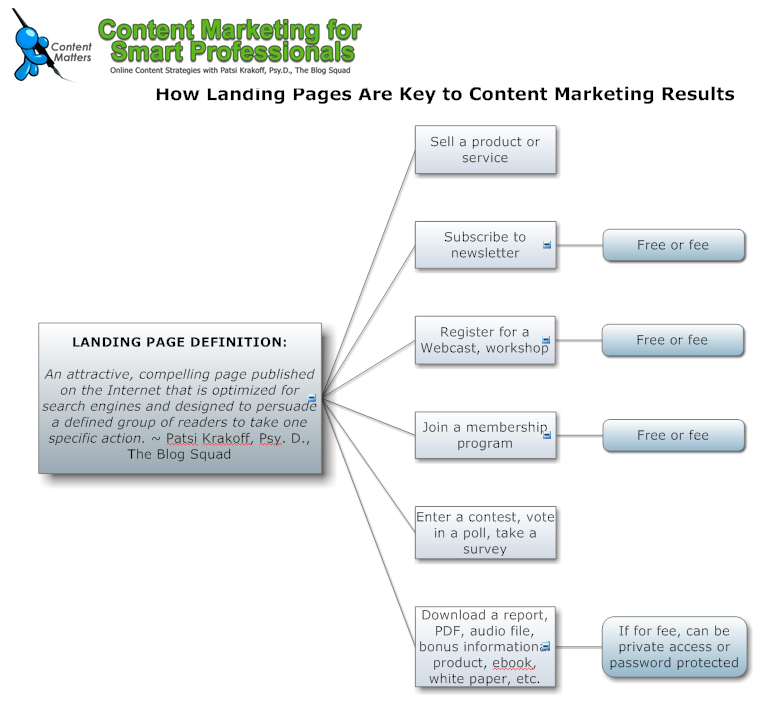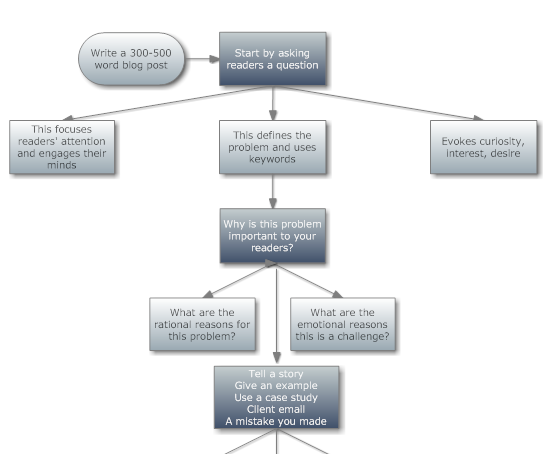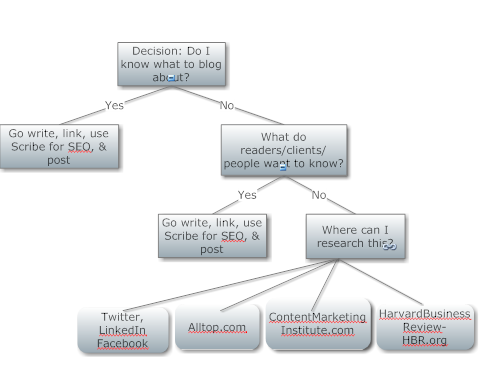 I hear it all the time: smart professionals, who are great at what they do, don’t have enough time to blog, or even start a business blog. Recently someone shared with me how they had started blogging with great gusto – they put in a lot of time – but got stuck, and never went back. It reminded me of something I once heard…
I hear it all the time: smart professionals, who are great at what they do, don’t have enough time to blog, or even start a business blog. Recently someone shared with me how they had started blogging with great gusto – they put in a lot of time – but got stuck, and never went back. It reminded me of something I once heard…
About 20 years ago I was recovering from an illness and to avoid being bored, I took up needle work, you know, cross-stitching designs on canvas with yarn. One day as I was completing a big canvas, I was listening to a motivational speaker.
All of a sudden, I heard these words:
“Most people just start doing things without reading the instruction manual.”
Loud and clear. I looked down at my needle work and like a shock, it hit me. I’d been doing them all backwards.
Sure enough, a quick reference back to the user manual clearly showed that I was inserting the needle backwards, not producing the right effect. I put down my work and never went back to that hobby ever again.
My point is that I see many professionals who are pretty smart at what they do, but they start blogging without reading any instructions at all. Later, when they get stuck, they complain about not having “enough time” to blog. Read More→
















